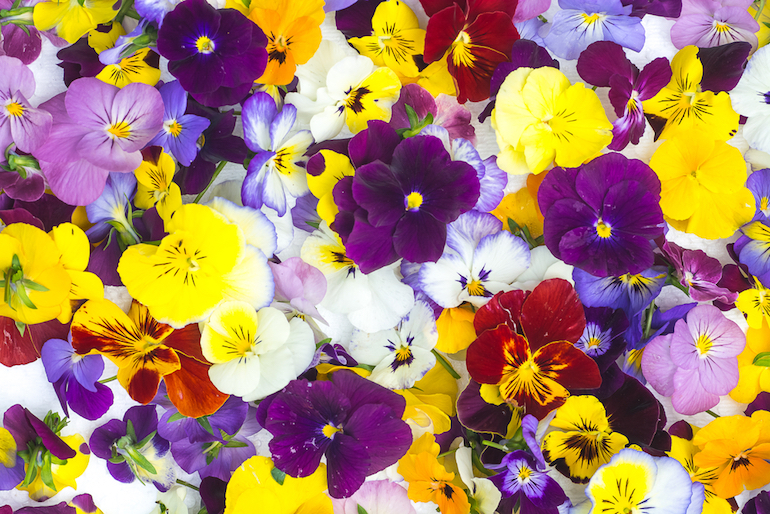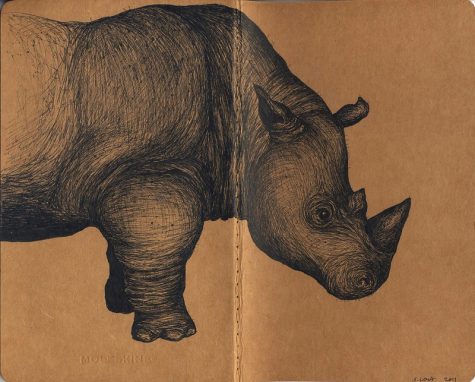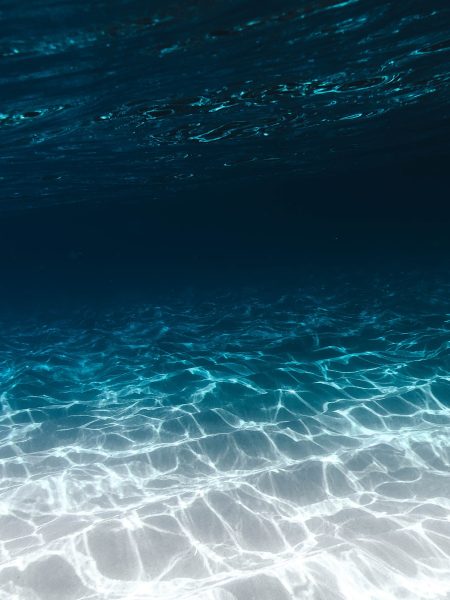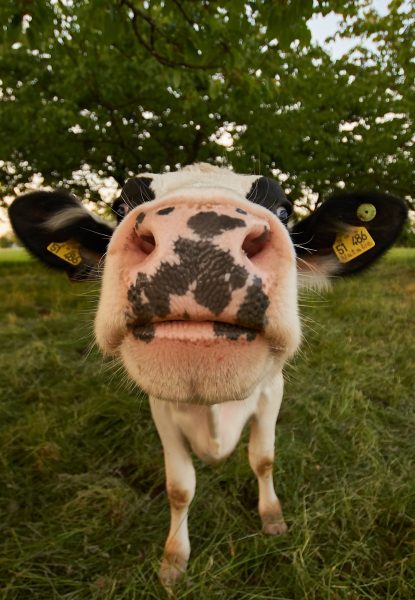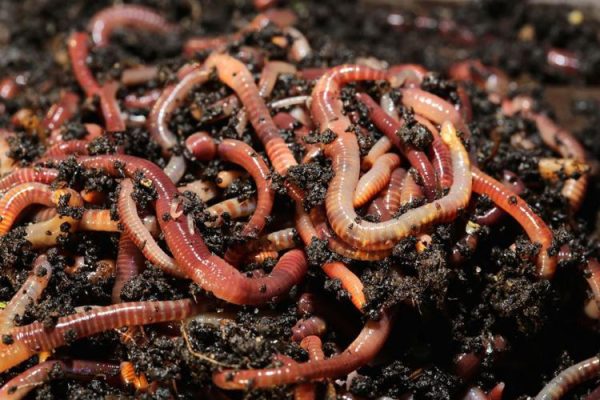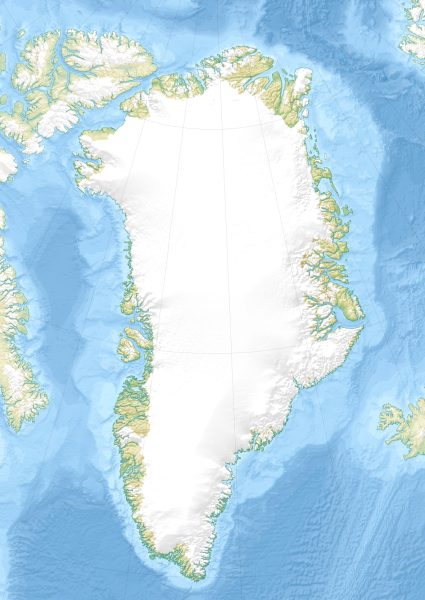Iceland’s Purple Forests
Was Iceland’s Introduction Of The Lupine Good Or Bad? It’s Hard To Say.
When most people think of Iceland, A stunning landscape of barren black sand beaches and blue glaciers is what most often comes to mind. However, a new color is slowly interlacing itself throughout the landscape; the purple Alaskan Lupine.
The Icelandic Forest Service brought the Lupine from Alaska in 1945 to combat soil erosion, which has been an issue in Iceland ever since the first Viking settlers arrived. They destroyed Iceland’s woods for lumber and firewood, and since Iceland has poorer soil than Europe, the forests couldn’t replenish naturally. Now since there are no trees to help keep the soil in place, it is quickly being blown or washed away. Iceland has particularly poor soil due to volcanic eruptions and sheep grazing, which has further exacerbated the issue.
The Alaskan Lupine appeared to be the best plant to stop this soil deterioration. In addition to flourishing in locations with poor soil, it collects nitrogen from the air and releases it into the soil thanks to bacteria that develop inside its roots. As a result, it produces organic fertilizer that improves the soil and encourages the growth of other plant species nearby. However, there have been some drawbacks. Alaskan Lupine grows like wildfire and competes with Iceland’s natural mosses and lichens, which is something the Icelandic Forest Service did not foresee. Since the Alaskan Lupine is a much taller plant, it prevents these rock-clingers from receiving sunlight, which causes them to eventually wither away in the shade of the Lupines.
Was Iceland’s introduction of the Lupine good or bad? Its hard to say. While It has prevented sandstorms, improved the soil, and added vegetation to arid places. It only aids its own growth rather than that of other species, and in some places, it has actually decreased Iceland’s native vegetation. Additionally, it has spread to places where there was no need to stop soil erosion, covering the entire nation in a vivid purple hue.
The arrival of this stunning plant has both advantages and disadvantages, and opinions among Icelanders on whether it has benefited or hurt their nation are vastly different and argued intensely on both sides.
RELATED STORIES:
https://icelandmag.is/article/war-lupine-plant-continues-around-iceland
https://www.icelandreview.com/news/research-underway-to-utilize-controversial-alaskan-lupine/
TAKE ACTION:
https://www.plantatreeiniceland.is/
https://give.edenprojects.org/give/365432/#!/donation/checkout
